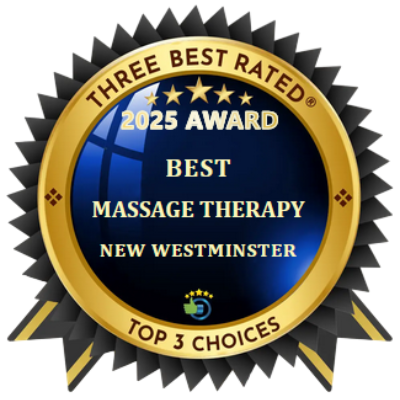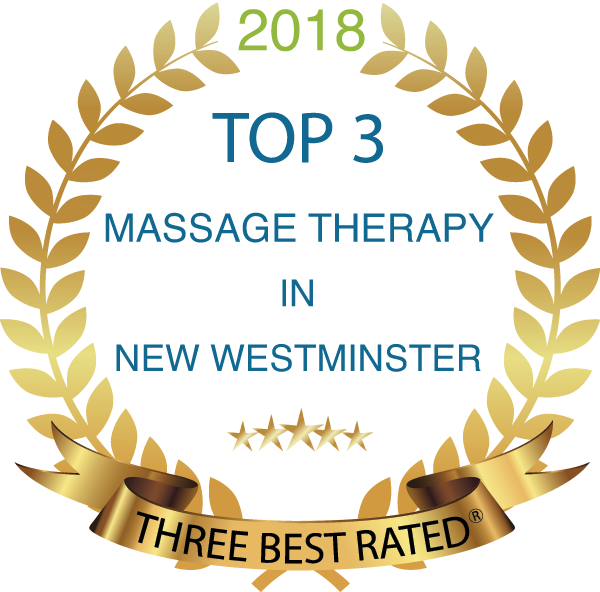Except for head colds, headaches are the most common human ailment. In fact, headaches beat out backaches as the number-one cause of time lost from work. Approximately three out of every four people will have at least one headache within the year.
Some headaches, like migraines, are caused by a disturbance of brain chemicals called neurotransmitters. However, according to Dr Janet Travell and Dr David Simons, specialists in musculoskeletal pain, “It is now becoming clear that tension headache is usually due to trigger points.”
Trigger points are small knots that develop in muscles. These knots or mini-spasms make pain travel to different areas of the body, often nowhere near the knot itself. For example, trigger points at the top of your neck can send pain directly into your eye.
The name trigger point comes from the fact that these knots can sit in your muscles for ages without causing pain until something “triggers” them to become active. Common triggers include fatigue, stress, poor posture, repetitive movements at work and cold drafts.
Massage therapy is a proven way of treating trigger points for long-term headache relief. In one study, researchers found that chronic headache sufferers had dramatic relief after ten massages that focused on treatment of trigger points.
Although you may get some relief with general relaxation massage, long-term relief depends on correctly identifying and treating specific trigger points which are responsible for your pain. Single muscle trigger points can often be eliminated quickly and easily, sometimes within one or two treatments.
In more complicated cases however, it may take significant time and your active participation to get lasting results.
When should you see a doctor?
In a small number of cases, severe headaches may be a warning sign of a more serious disorder such as very high blood pressure, stroke, bleeding in the brain or even a tumour. The following signs should send you to a doctor immediately:
- you suddenly start having severe headaches, especially if they are your first ones and you are over 35 years of age
- you have a severe headache during or immediately after physical exertion or straining
- a headache with fever and neck stiffness
- a headache accompanied by confusion or difficulty speaking—especially following a blow to the head, even one that occurred several weeks earlier
- a headache accompanied by inflamed, clogged sinuses – it may be the result of infection and build-up of pus in the sinus passages
- any increase in the intensity or frequency of headaches
- your headache treatment guide
Many people use painkillers to get rid of their headaches. Don’t take painkillers for extended periods without consulting with your doctor. Because some medications, even over the counter drugs, have unpleasant and sometimes dangerous side effects it’s always best to rely on non-drug treatments when possible. Here are a few suggestions:
Relaxation training.
Relaxation has been shown to be extremely effective in the management of headaches. For example, one study published in the journal Headache in 1989 found that migraine sufferers who were taught relaxation exercises had 30% to 40% fewer attacks over the course of three years. The subjects were also better able to cope with the attacks when they occurred and required less medication.
Cold.
Reusable gel packs are an inexpensive and simple solution that can be used in place of or as an adjunct to medication. Keep the gel pack in the freezer. At the first signs of a headache put it in a tea towel and wrap it around your neck. About 70% of headache sufferers will experience some relief with the use of gel packs. If your headache gets worse after applying the pack, it is possible that the cold pack may be aggravating a trigger point.
Heat.
Some people find that heat is better than cold at relieving headaches. Most gel packs can also be heated. They are generally safer and more effective than heating pads because they mold nicely to the shape of our neck and are less likely to cause burns. A hot bath or hot shower may even be better. Headaches caused by trigger points generally respond well to heat, whereas migraine headaches may be aggravated. Exercise. Regular exercise helps relieve stress and tension and thus can be an excellent way to prevent headaches. Neck, back, and shoulder stretches also help relieve tension and are essential for trigger point headaches. Ask your massage therapist for stretches that are appropriate for you.
Improved posture.
Sitting improperly, at a computer terminal for instance can create tension in the muscles and trigger a headache. Slouching is particularly problematic as it prevents you from breathing normally and shortens the muscles in the back of your neck.
Get to the cause.
A headache may be your body’s way of telling you that there is some underlying stressful problem in your life: a troubled relationship, an unfulfilling job, or an upcoming exam. Your headaches may go away only after these stressful situations are resolved.
Massage.
This is one of our favourites simply because we know it works so well. Many people think that massage provides only short-term relief. However, research shows that not only is massage effective at eliminating headaches, but the relief can last for months. Part of the effectiveness lies in the elimination of trigger points. As well, regular massage can actually retrain your nervous system to decrease the tension in your muscles on a more permanent basis.
If you have specific health concerns consult your medical doctor. The information in this newsletter is educational only and is not intended to replace the advice of your personal health care providers.




